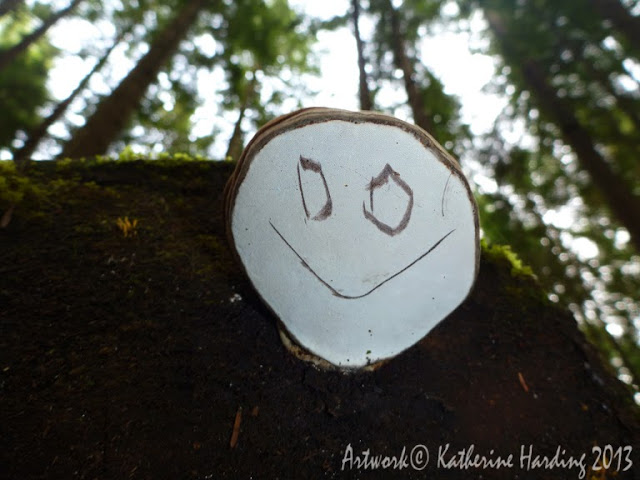The forests are blooming right now like crazy! every time I go into an ethereal woodland, or even peak into little green strips between houses and roads I see them. Bright reds, purples and yellows, glowing whites, violets, shy gray and browns. Not flowers of course, it is far to late in the year for many of those, but the mushrooms!
I figured today I would share some of my shroomy photography. Mushrooms make lovely subjects for photography, but identification can be very challenging. I will share with you the names of those I am sure of, and for those I am not, I welcome your input. :)
Fat jacks (Suillus ssp.) - edible but usually maggoty.
Unknown species.
Some type of Polypore, also known as Conks. many of these species have medicinal uses, although they are usually too woody to just eat.
Unknown.
Another Polypore, perhaps a young Red-belted Conk (Fomitopsis pinicola)
Unknown, growing with that orientation on dead wood.
Unknown, at first I thought perhaps a Blewit due to the colour, but Blewits don't have a veil (the cottony stuff covering the gills). in real life this mushroom almost glowed violet.
A Milkcap species, perhaps Lactarius kauffmanii.
Unknown species with violet gills. These poor mushrooms barely had a chance, their veils haven't even opened yet and they were already full of maggots.
Artist's Conk (Ganoderma applanatum). You can see how this fungi gets it's name, the lightest scratch leaves a dark brown stain.
Ramaria species, also known as a Coral mushroom. This genus is extremely hard to tell apart, some species are edible, and some mildly poisonous. unless you have a lot of spare time and a microscope I wouldn't recommend sampling these.
Sulfur tuft (Hypholoma fasciculare). a beautiful poisonous species, growing in clusters on deadwood. The almost neon yellow gills give this species away.
Unknown species on dead wood
Mycena aurantiidisca, these caps seem to almost glow.
Some of the craziest lichen I have seen, surrounded by broad-leafed star flower (Trientalis latifolia)
Unknown species with a very similar pattern to beef...at first I thought the Beefsteak Fungus (Fistulina hepatica) because of the patterning on the inside, but that species is tougher, redder and has a sponge layer instead of gills.
More beautiful Ramaria
Everyone's second favorite wild mushroom, the Chanterelle! (Cantharellus cibarius). we all know the most favorite is the pine mushroom (Tricholoma magnivelare)
Here's one of watch out for! The Scaly Chanterelle (Gomphus floccosus)! This species is in the same family as your normal Chanterelles but it is poisonous. While it won't kill you it will certainly make you sorry you crossed it's path. Look for the typical funnel shape and scaly cap to ID it. I find it is usually darker orange on top and almost white yellow underneath. A normal Chanterelle is uniformly coloured.
This is a terrible picture, but I wanted to share these mushrooms. these are Black Elfin Saddles (Helvella lacunosa). this mushroom is poisonous raw, but edible cooked. I have only eaten this species once, boiled and then sauteed, to make sure it was cooked thoroughly.
Tricholomopsis decora. beautiful but poisonous species. grows on dead wood.
One of the weirdest species out there, The Bleeding Hydnellum (Hydnellum peckii). easy to ID, but not edible.
I found some non-mushroomy friends too, I think this is a Red-legged Frog. He was very well behaved for the photograph. Although a native species that I would not recommend eating, if you were in a survival situation he might be pretty good cooked over a fire...
This totally stumped me, strange bluey purple balls, easy to squish, growing on a dead log.
Here's something to watch out for! an Amanita! This family contains some of the most poisonous mushrooms around, they could kill you. They also smell great, look beautiful and apparently taste delicious. To avoid these look for pale gills, white spores, a universal veil which becomes a volva at the base of the stem and usually a ring on the stem. When trying to ID a species of mushroom it is very important to dig down to the bottom of the mushroom to check for a volva. If one is present you probably have an Amanita and you should handle with care.
On that dark note, see you all next time!
- Katy
































